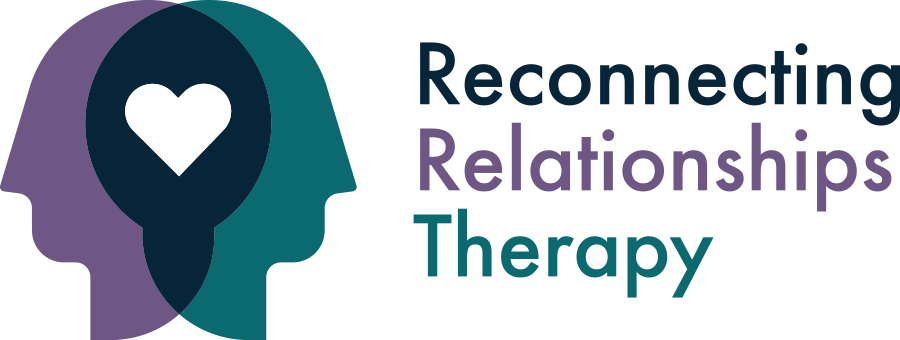As we prepare to welcome a new year, have you considered thinking about how many new friendships you have made this past year? Having deep connections is not only achieved by having a romantic partner but by also being able to have a deep bond with friends that does not involve sexual or romantic feelings.
Understanding Platonic Intimacy
I recently heard about platonic intimacy and its necessity of having more relationships in which we can have emotional intimacy. You might ask yourself what consists of platonic intimacy? Platonic intimacy is having an emotional bond with someone that does not involve romantic or sexual feelings. It involves having mutual respect and trust, stability and longevity, flexibility and freedom, as well as personal growth and inclusivity. Let’s further explore the components of developing platonic intimacy.
❖ Emotional connection in a platonic relationship means having emotional depth without romantic or sexual desires. Connections are developed at an emotional and intellectual level.
❖ Stability is more likely to occur in a platonic bond due to the less likelihood of conflict that often occurs in romantic relationships. Since the relationship is non sexual and no romantic feelings are involved, it is easier for the friendship to withstand change and provide companionship for many years.
❖ Flexibility and freedom in a platonic bond allows friends to pursue their own interests and goals and in a platonic friendship there is no high risk of losing the connection. Romantic relationships are more likely to develop conflict and tension when both partners are not aligned in their interests or life goals.
❖ Personal growth in platonic relationships can be offered by unconditionally supporting each other’s endeavors and providing a safe space to explore new ideas. It’s important to have friends who can provide us a safe space to be ourselves and to pursue our goals. Our mental health is also positively impacted when we have friends who encourage us to continue pursuing our dreams and goals.
❖ Inclusivity gives us the opportunity to develop more connections and broaden our social circle. Romantic relationships are more exclusive while platonic friendships allow us to have multiple close friends.
Statistics on friendships
Relying on our romantic partners to fulfill all our needs is not realistic and can lead to greater issues. Therefore, it is very important for us to find our people with whom we can talk and connect with. Research shows that in the elderly community about 30% suffer from anxiety and depression due to a lack of social support. About 22% of U.S. adults experience loneliness as well as 30% of the young adult population. Of the millennial population 25% do not have acquaintances, 22% have no friends, 27% have no close friends and 30% have no best friends.
Creating and maintaining friendships
So how can I make friends? Where do I start? Many people struggle with not knowing where or how to start meeting new people. Shyness can become a factor for many as well as fear of rejection in meeting new people. Joining clubs or participating in activities you enjoy are an excellent way to put yourself out there and make friendships. Instead of focusing on meeting specific individuals try being a part of a community that can lend you the opportunity to meet people with common interests as you.
As you make new bonds it is important to keep in mind that strong relationships need trust and consistency. It is important to keep promises and provide support when our friends need it. Also, investing in the relationships by making time to do activities you both enjoy and checking in with each other. Some friends enjoy having rituals such as meeting once a month for dinner or going to yoga classes once a week together. Deep connections are also strengthened by being vulnerable and opening up to others. Remember that you can also initiate contact and you do not have to wait for others to check in with you. Follow up with those new people you meet and also start asking meaningful questions to start learning more about others. Embrace new friendships with curiosity.
Here are a few ideas where you can start your journey towards finding new friends!
Book club: Books and Brews, and Silent Book Club
Dance classes: Dance with Me
Running or cycling clubs: Fort Worth Running Club and Cox Running Club
Church groups: check with your local church
Volunteering at an animal shelter: Fort Worth Animal Shelter
Improve Mental Health Through Friendship: Schedule with a Therapist in Fort Worth
If you would like to continue exploring how to make new friends, let's schedule a session. Together we can explore how you can make new relationships in this upcoming new year!






